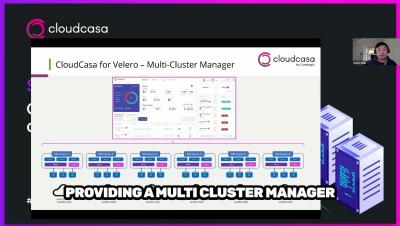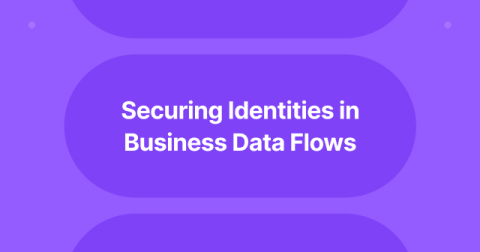A Comprehensive Approach to IT Vulnerability Management | Sedara Cyber Talks
In this insightful session, David Frier shares a comprehensive approach to IT vulnerability management, offering strategies to go beyond basic vulnerability identification. Learn how to enhance, risk-rank, and prioritize vulnerabilities for optimal remediation efforts.











